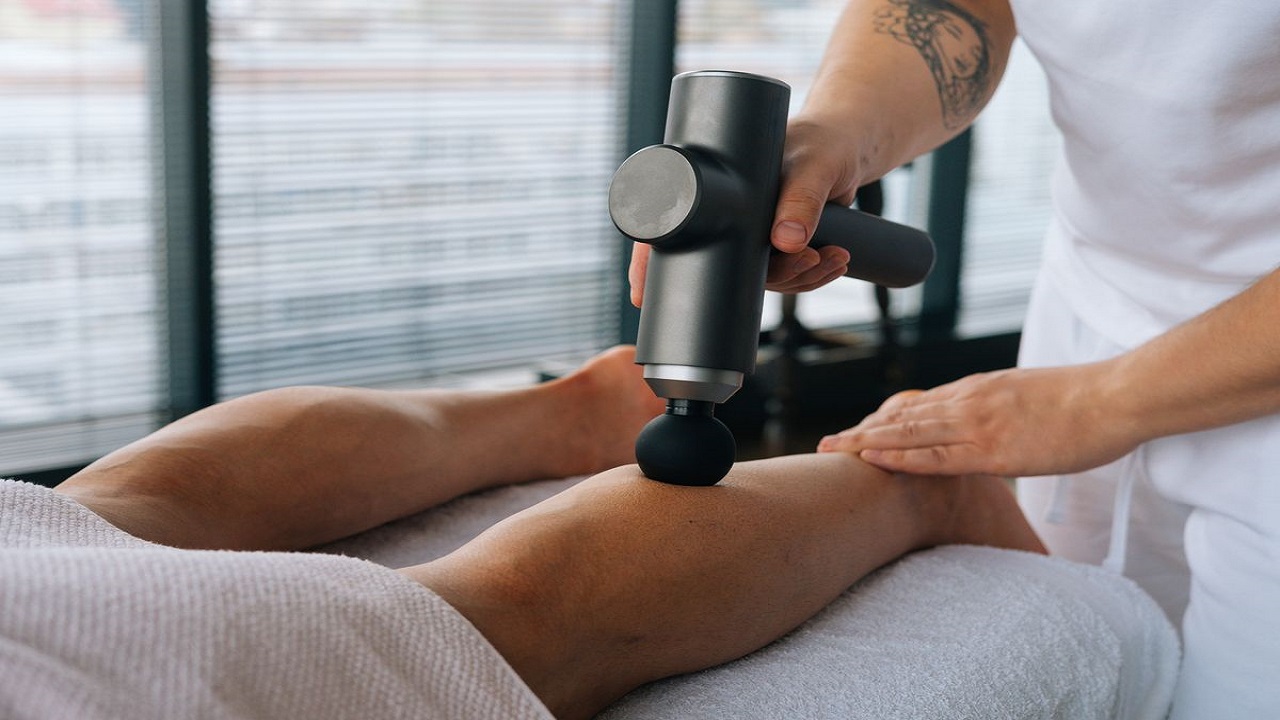Chiropractic care has long been known for its focus on spinal health and its ability to alleviate physical discomfort and pain. However, in recent years, there has been growing interest in the psychological benefits of chiropractic therapy, particularly when utilizing innovative tools such as the chiropractic massage gun. In this article, we explore how chiropractic adjusting tool therapy can positively impact mental well-being, offering patients not only physical relief but also emotional and psychological support.
Introduction to Chiropractic Adjusting Tool Therapy
Chiropractic adjusting tool therapy introduces innovative handheld devices like the chiropractic massage gun, engineered to administer precise pressure and percussive therapy to muscles and soft tissues. These tools operate by delivering rapid, repetitive movements, effectively stimulating blood circulation, easing muscle tension, and inducing relaxation. Initially employed for physical rehabilitation and pain alleviation, recent studies suggest that chiropractic adjusting tool therapy extends its benefits beyond the physical realm, exhibiting substantial psychological advantages as well.
Improved Mood and Mental Health
Regular chiropractic adjusting tool therapy has been shown to improve mood and mental health by reducing symptoms of anxiety and depression. The release of endorphins during treatment can elevate mood and create a sense of euphoria, while the reduction in muscle tension can alleviate physical symptoms of stress that contribute to feelings of anxiety and depression.
Stress Reduction and Relaxation
One of the primary psychological benefits of chiropractic adjusting tool therapy is its ability to reduce stress and promote relaxation. The rhythmic percussive motions of the massage gun help to release tension in the muscles and trigger the body’s natural relaxation response. This can lead to a decrease in cortisol levels, the stress hormone, and an increase in endorphins, the body’s natural feel-good chemicals, promoting a sense of calm and well-being.
Empowerment and Self-Care
Engaging in chiropractic adjusting tool therapy empowers patients to take an active role in their health and well-being, fostering a sense of control and self-efficacy. By participating in regular therapy sessions, patients can learn to recognize and address physical and emotional tension before it escalates into more serious health problems. This proactive approach to self-care can improve self-esteem and confidence, empowering patients to make positive lifestyle changes and take ownership of their health.
Enhanced Mind-Body Connection
Chiropractic adjusting tool therapy can also enhance the mind-body connection, promoting greater awareness of physical sensations and improving overall body awareness. As patients experience relief from physical discomfort and tension, they may become more attuned to their bodies’ signals and sensations, leading to a greater sense of self-awareness and mindfulness. This increased mind-body connection can support emotional resilience and help patients better cope with stress and adversity.
Conclusion
In summary, the utilization of chiropractic adjusting tools, particularly the chiropractic massage gun, holds promise not only in addressing physical ailments but also in fostering psychological well-being. Through its ability to reduce stress, promote relaxation, and enhance mood, chiropractic therapy extends its benefits beyond mere pain relief, offering patients a more comprehensive approach to health and wellness. By integrating these innovative tools into chiropractic practice, healthcare providers can better meet the holistic needs of their patients, addressing both the physical and psychological aspects of their well-being. As research continues to explore the multifaceted benefits of chiropractic care, it becomes increasingly clear that chiropractic adjusting tool therapy has the potential to significantly improve the quality of life for individuals seeking relief from both physical discomfort and emotional stress.
